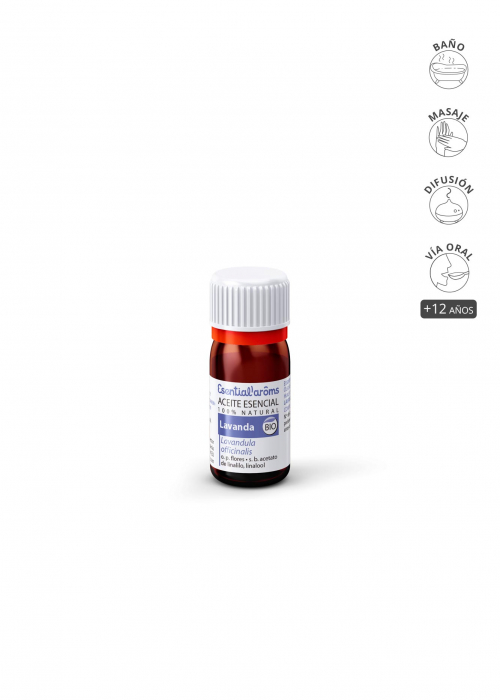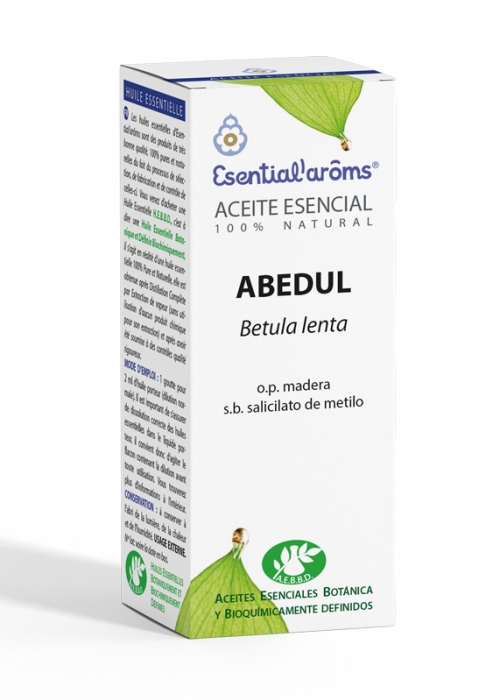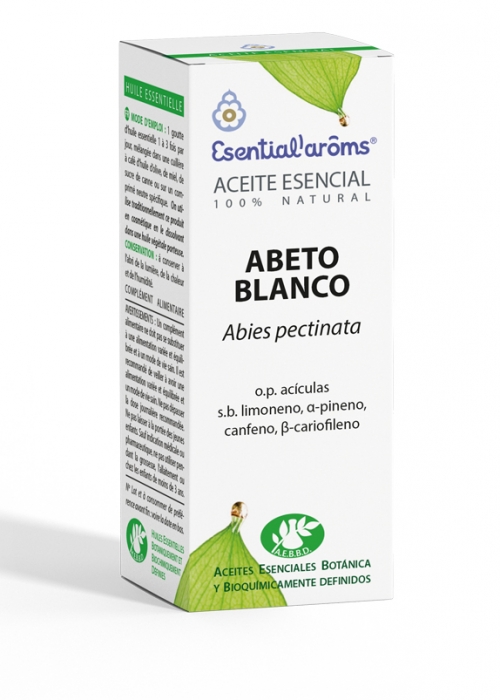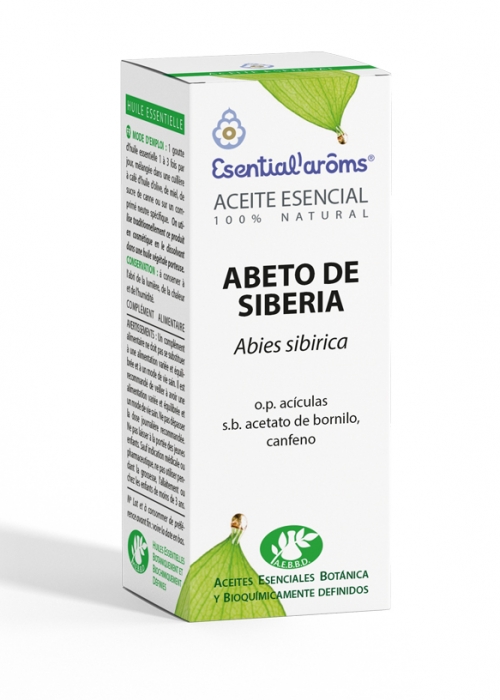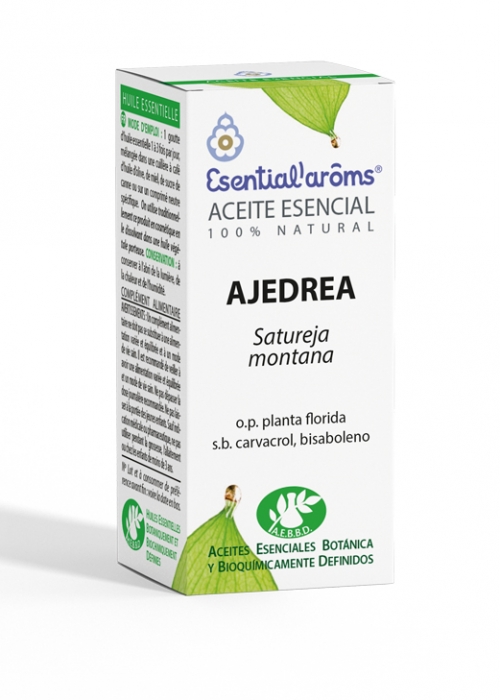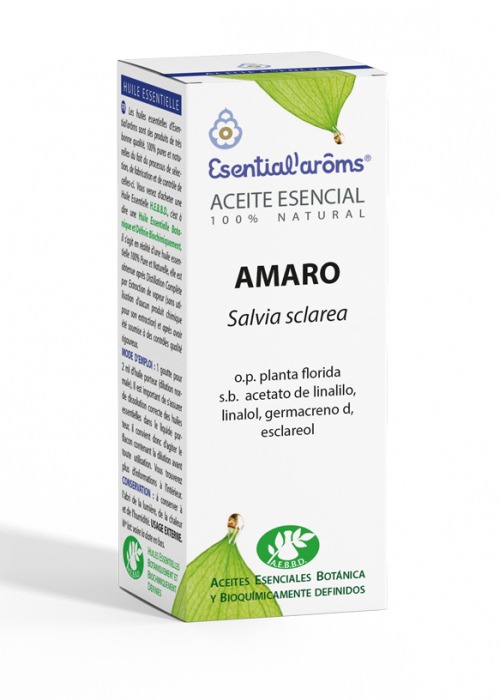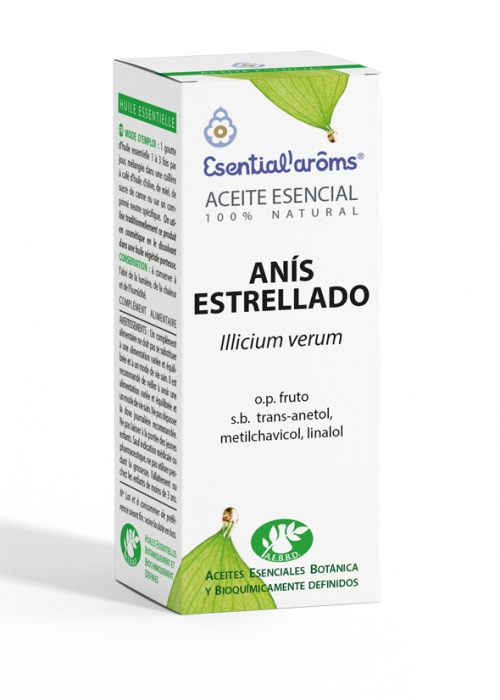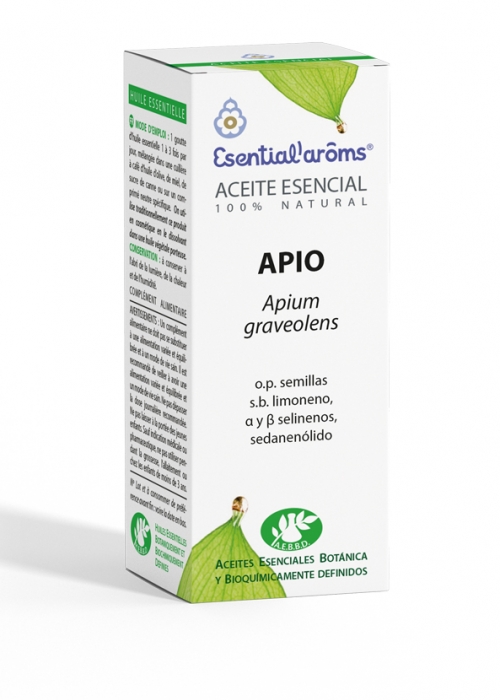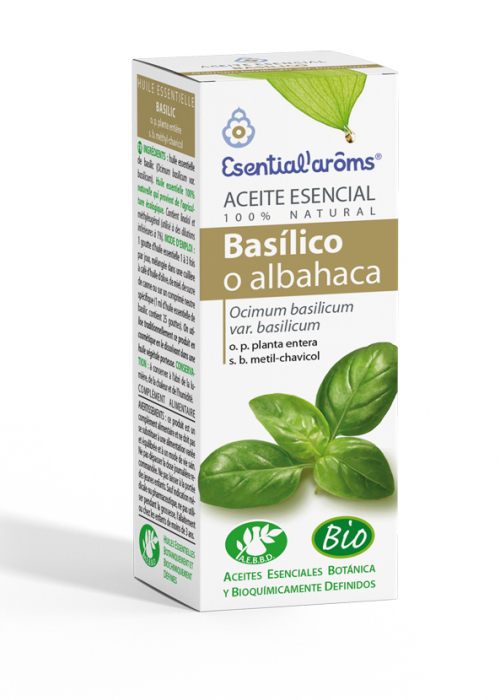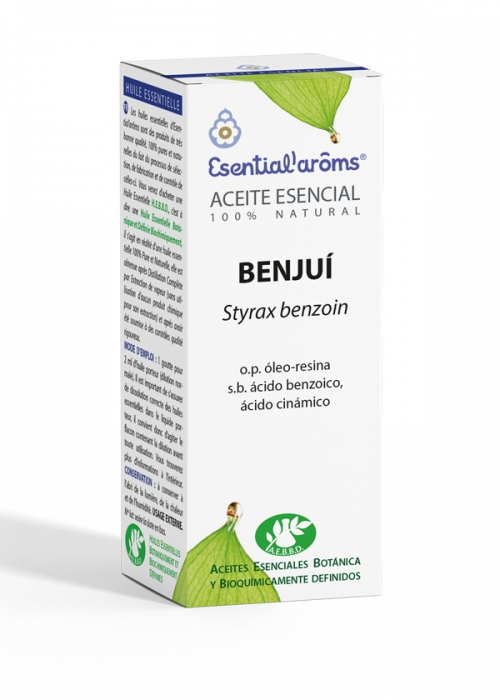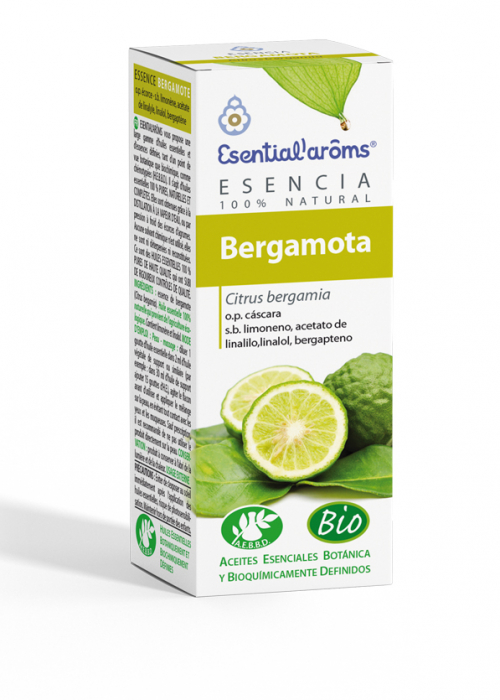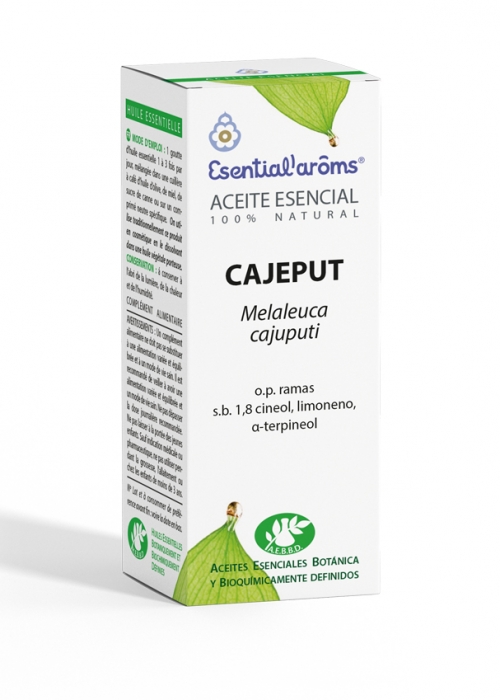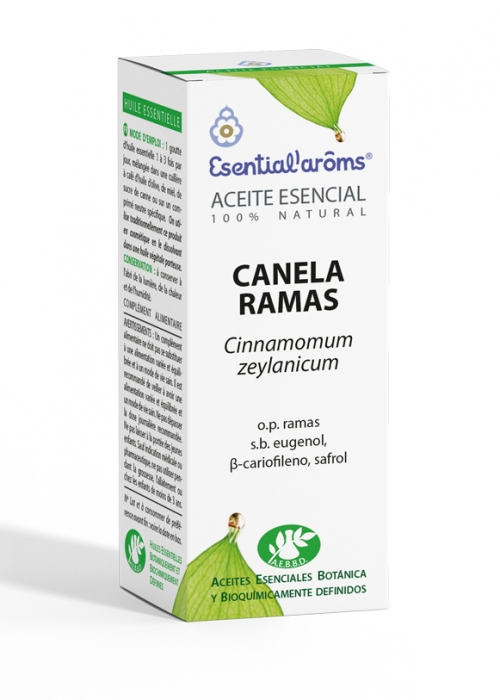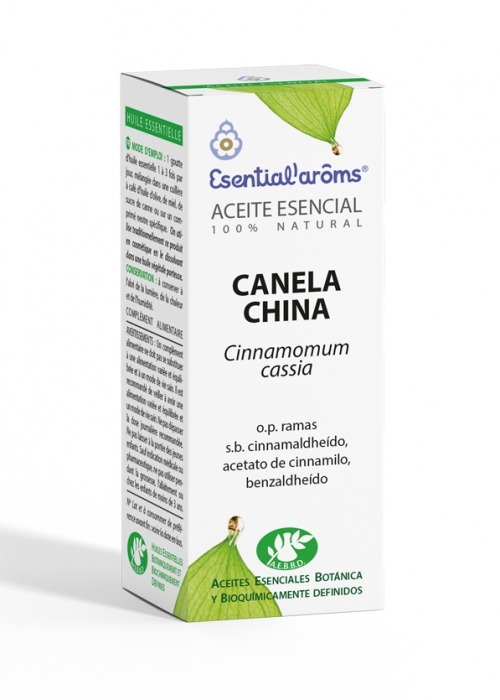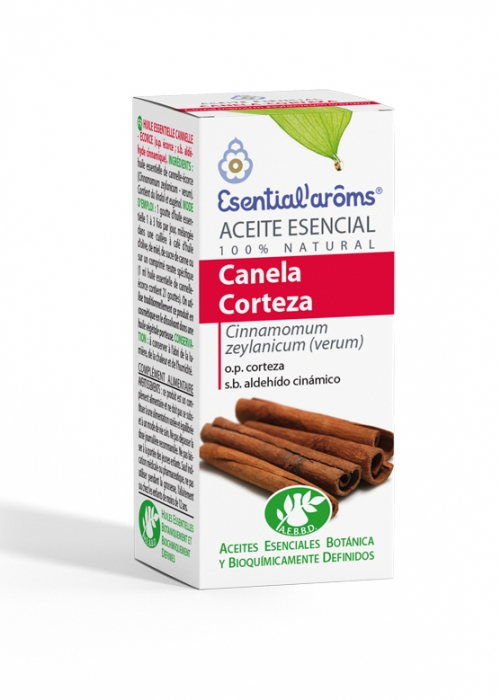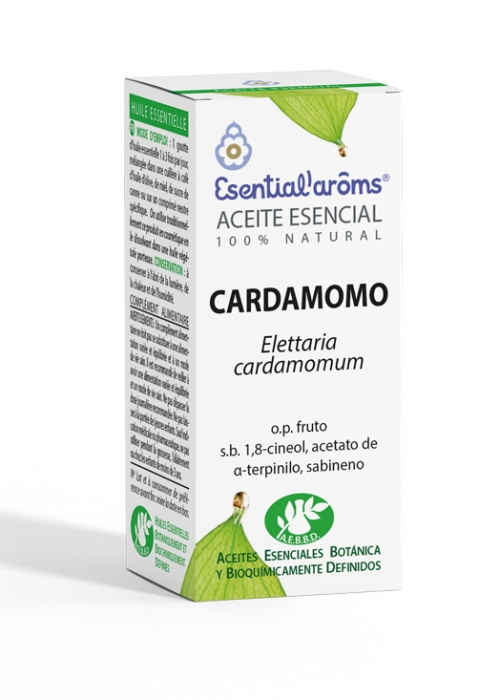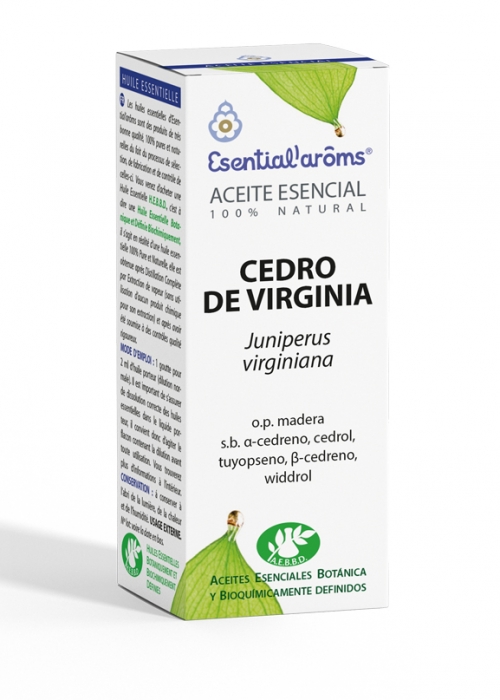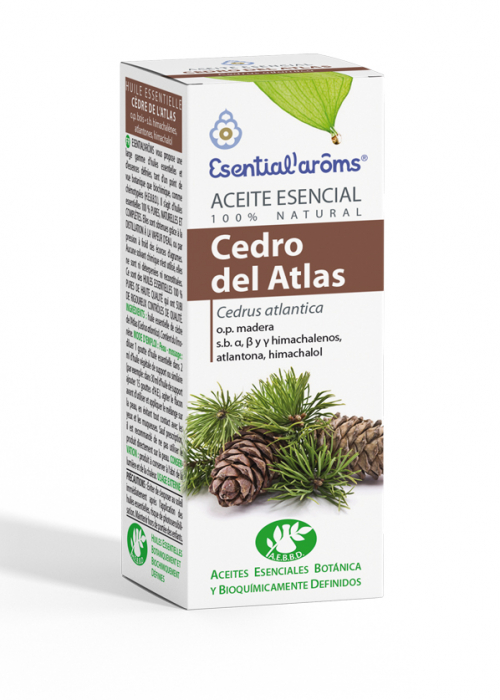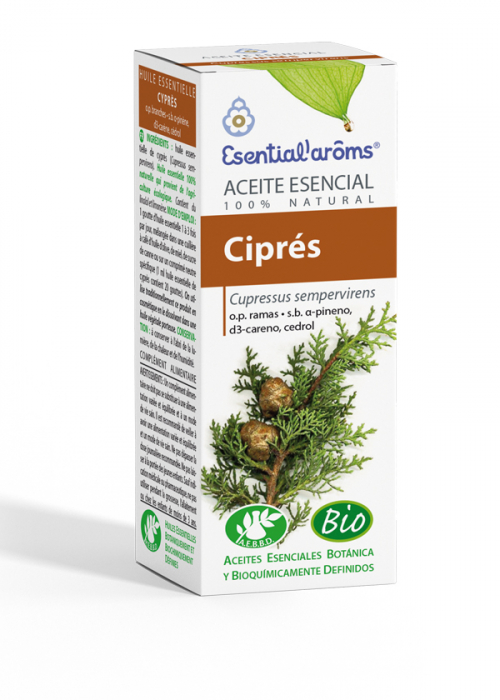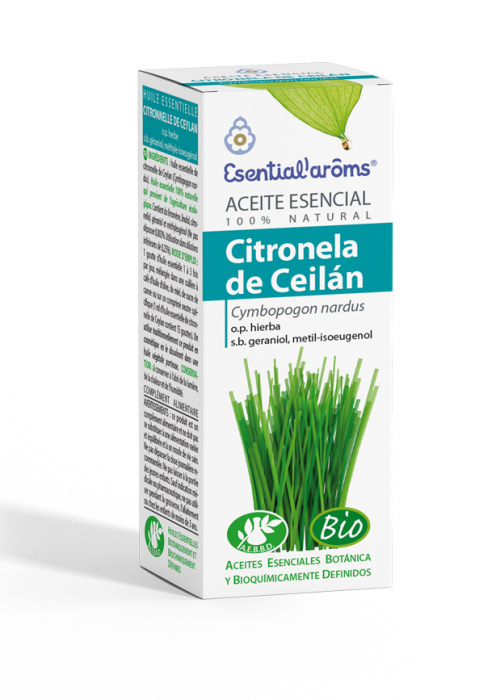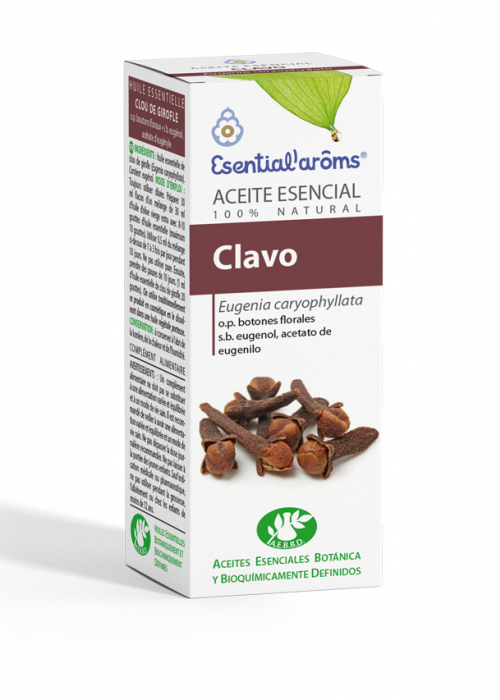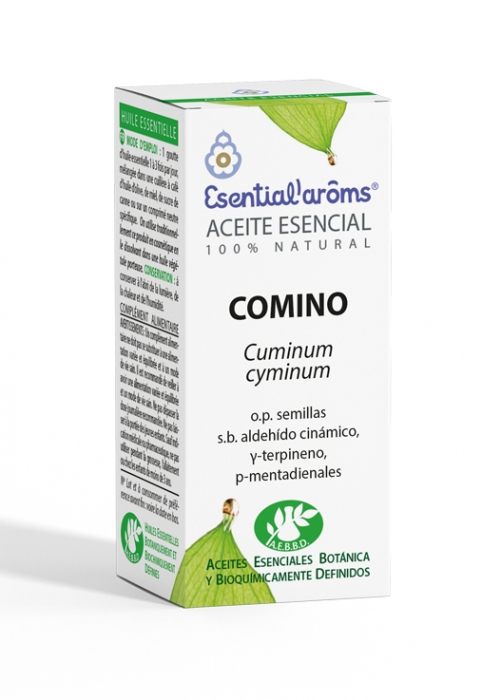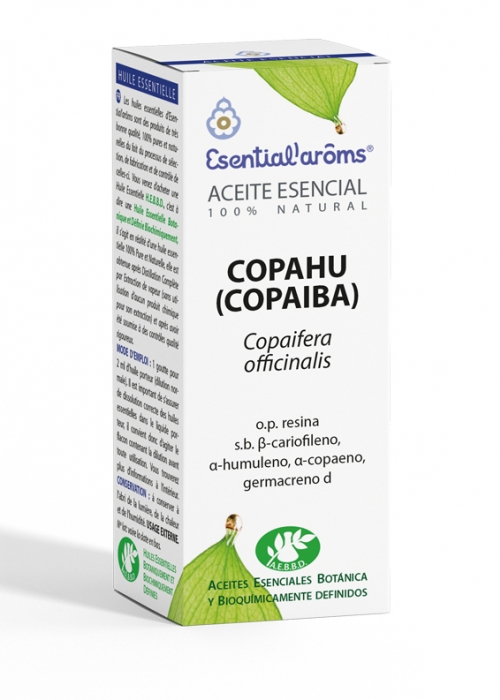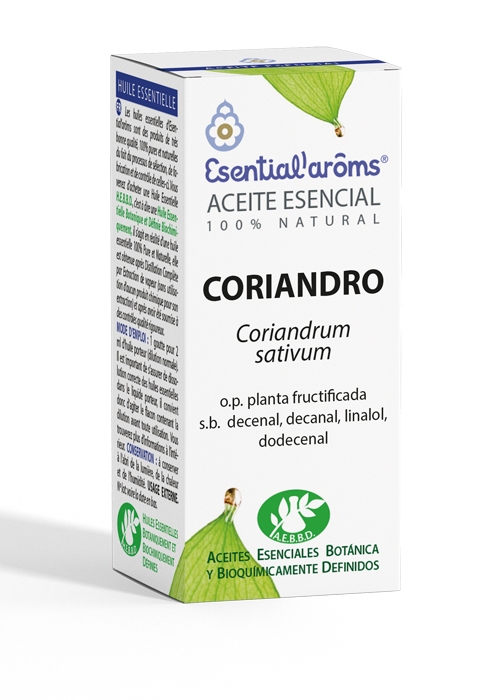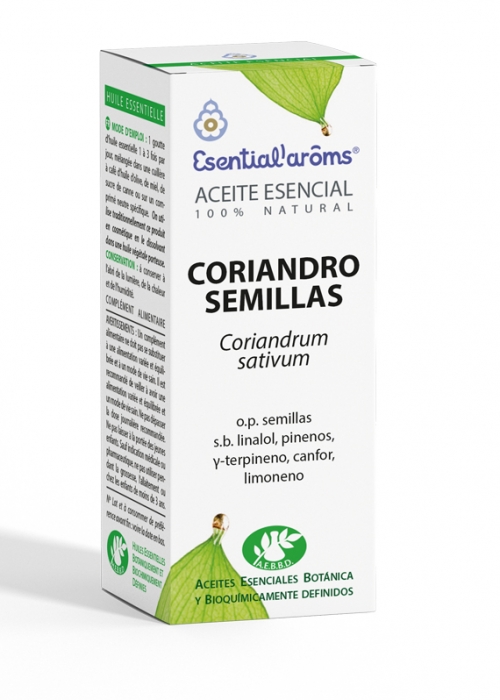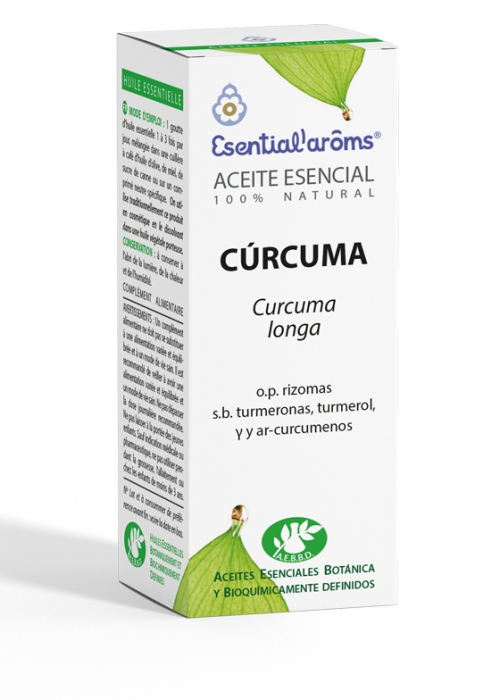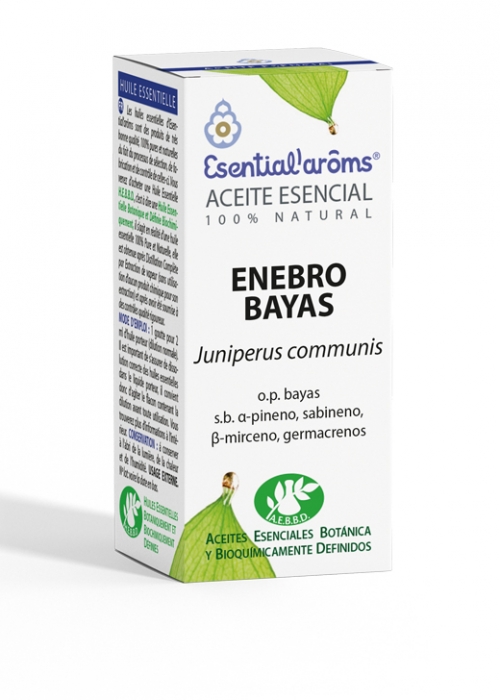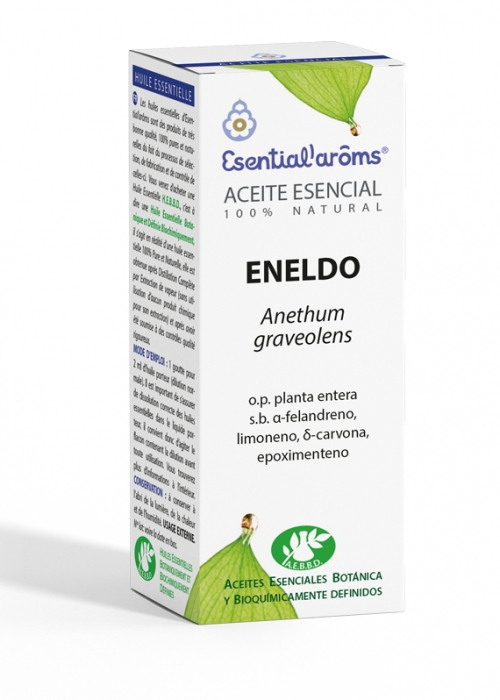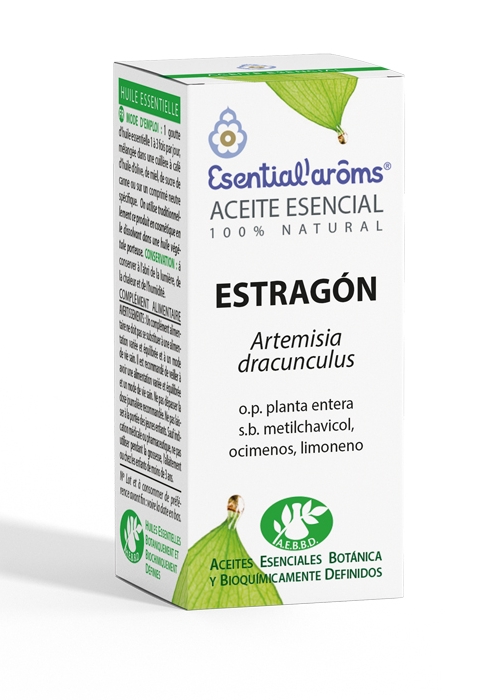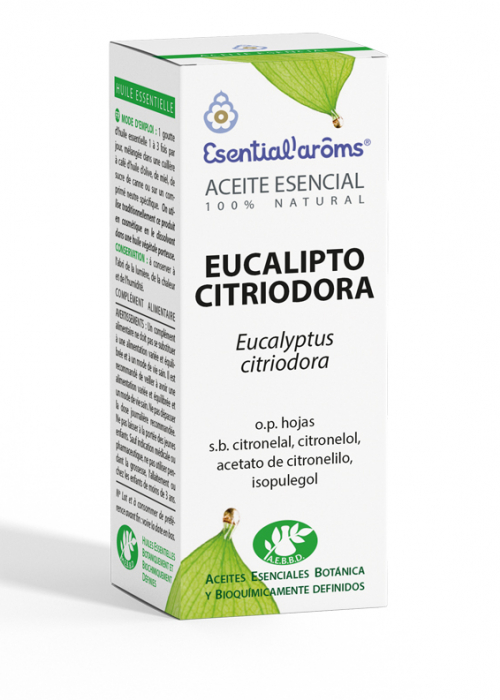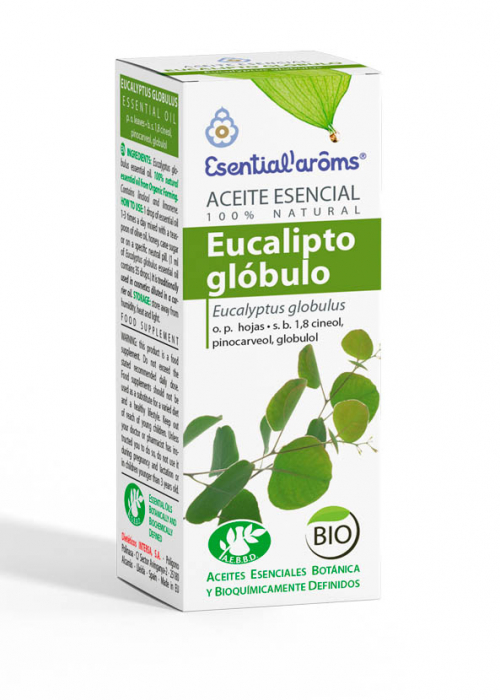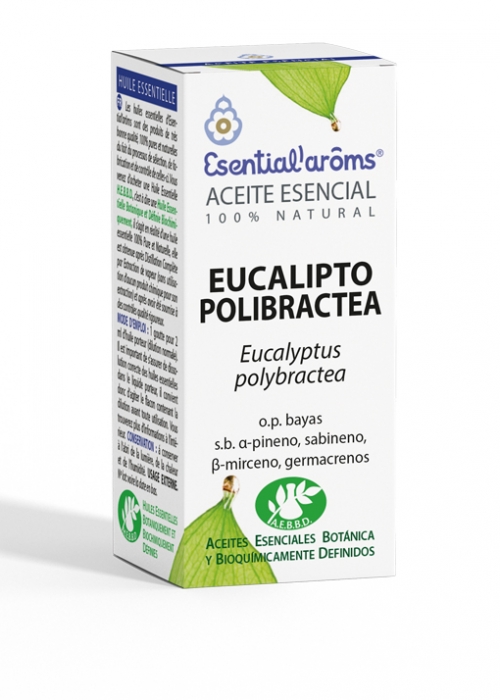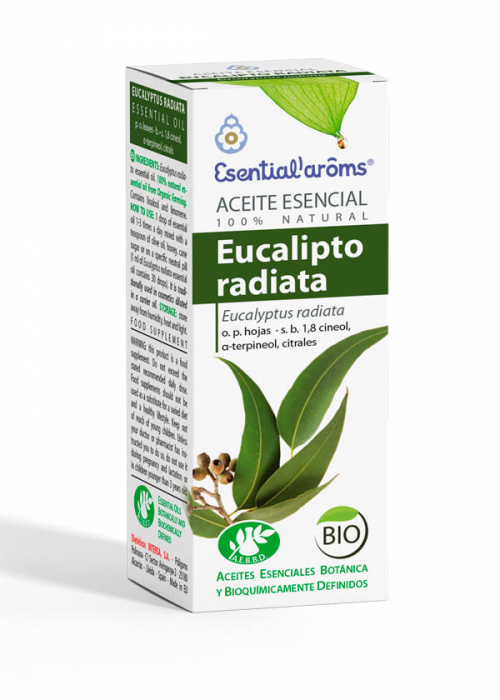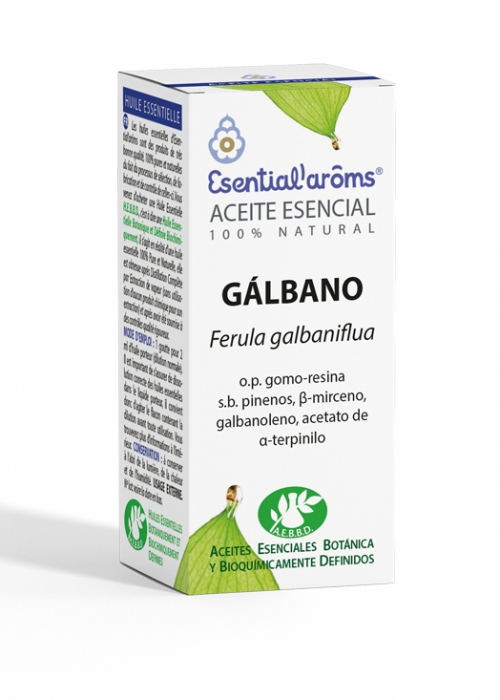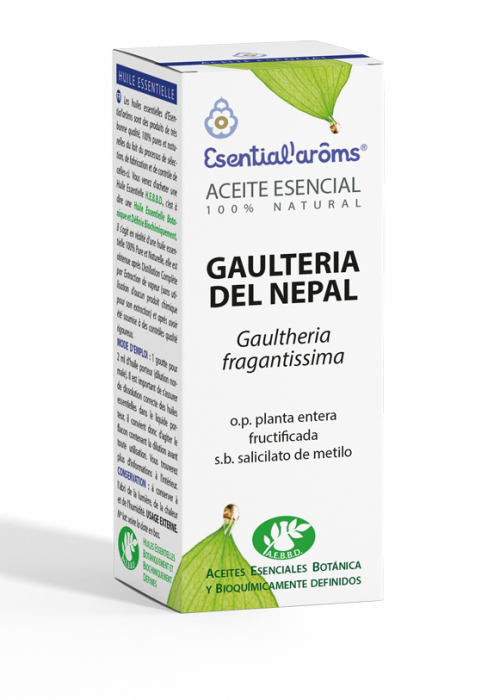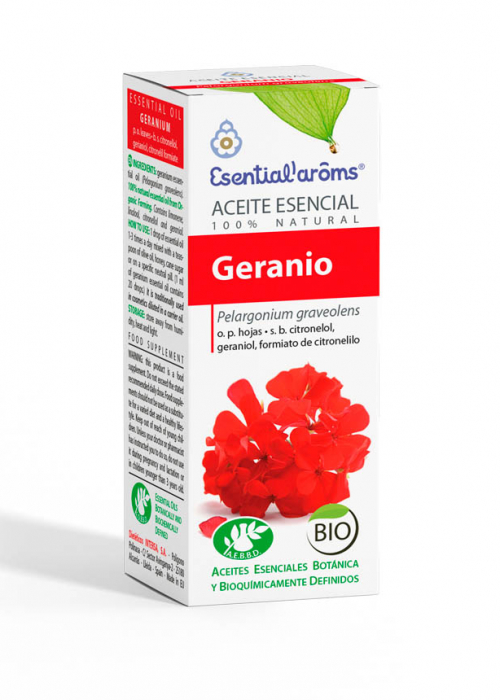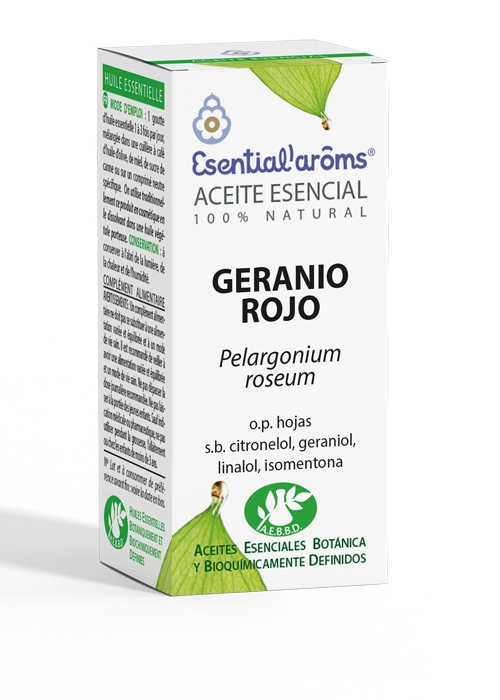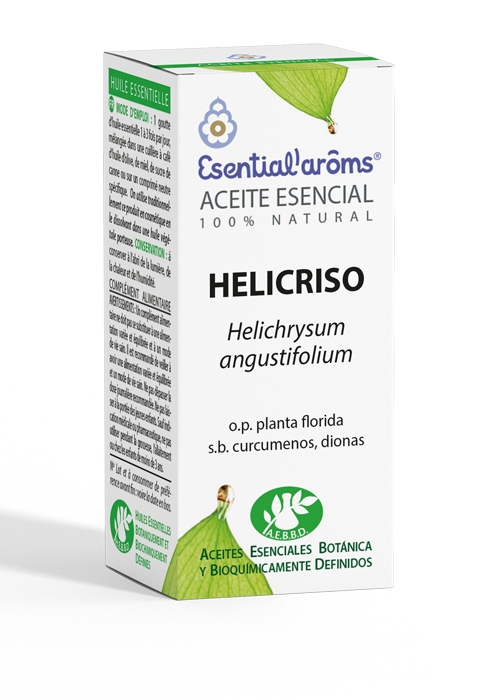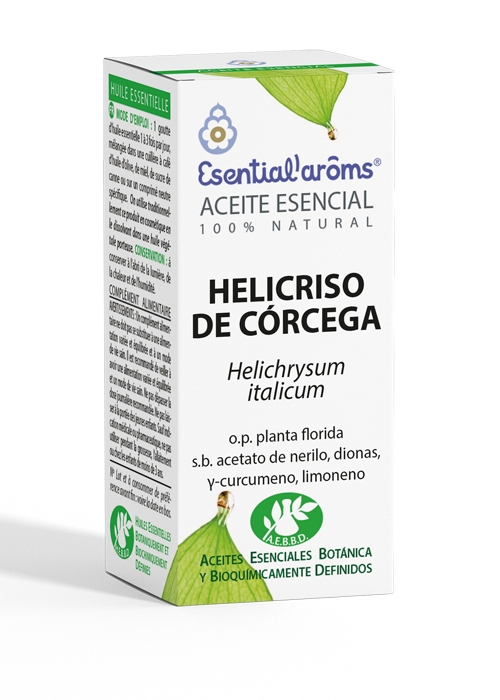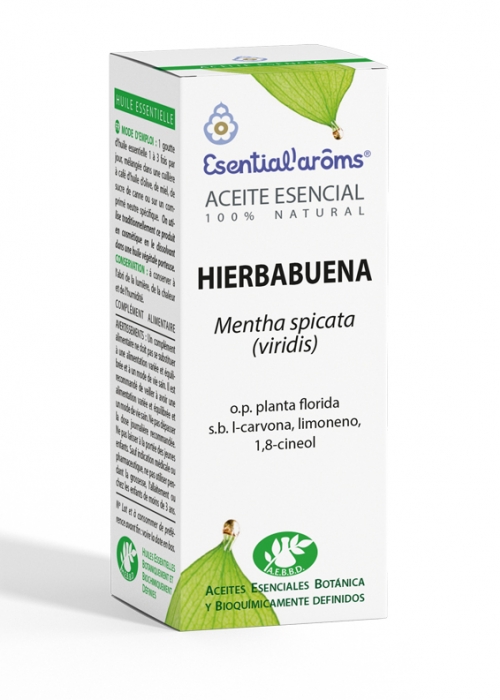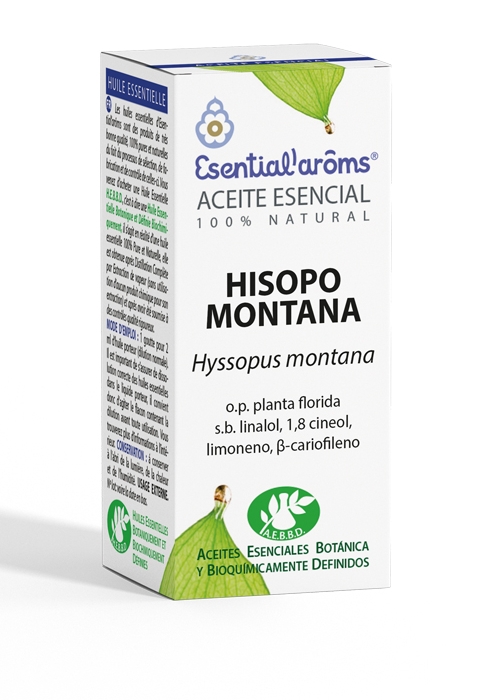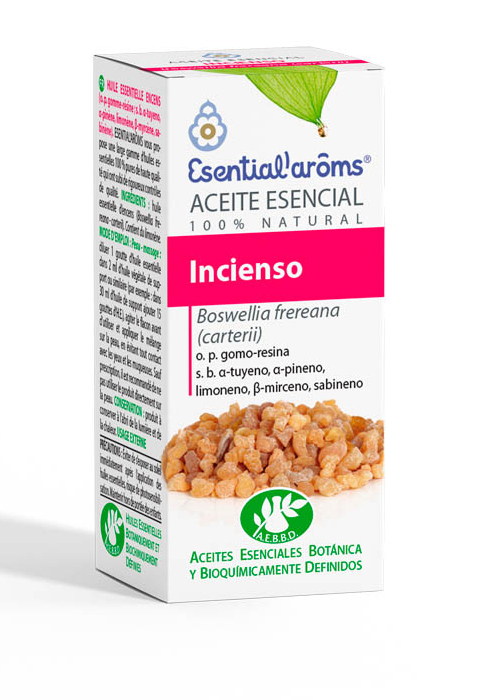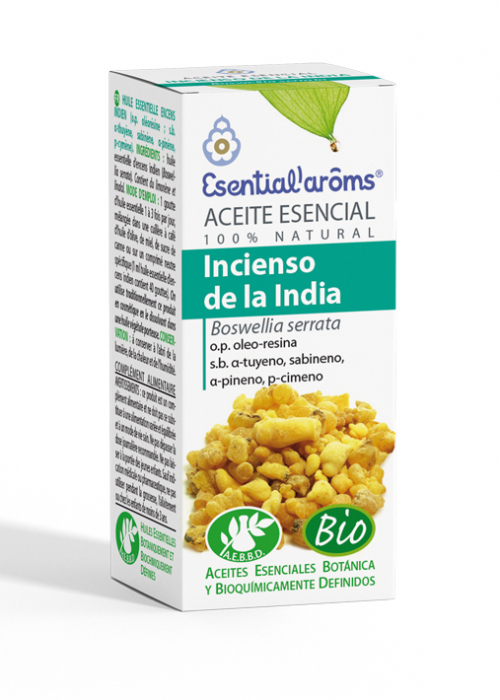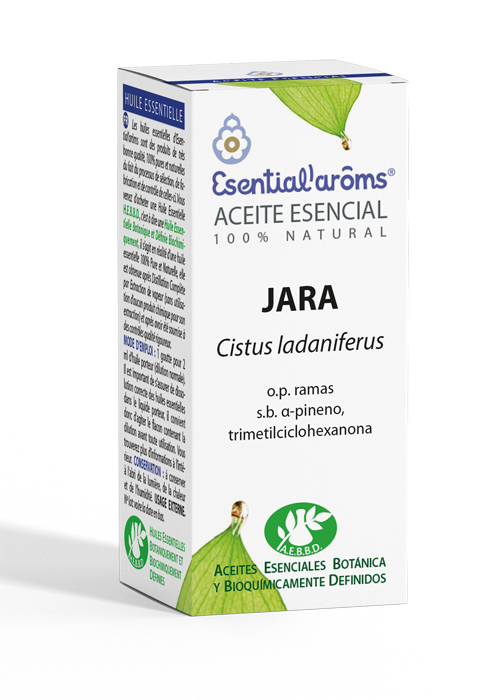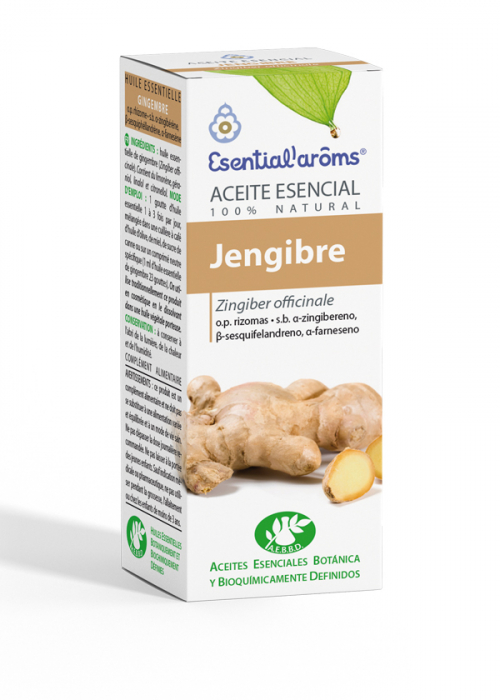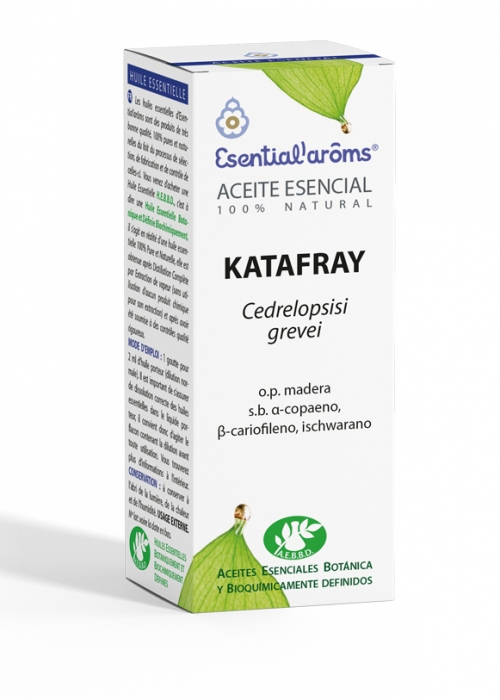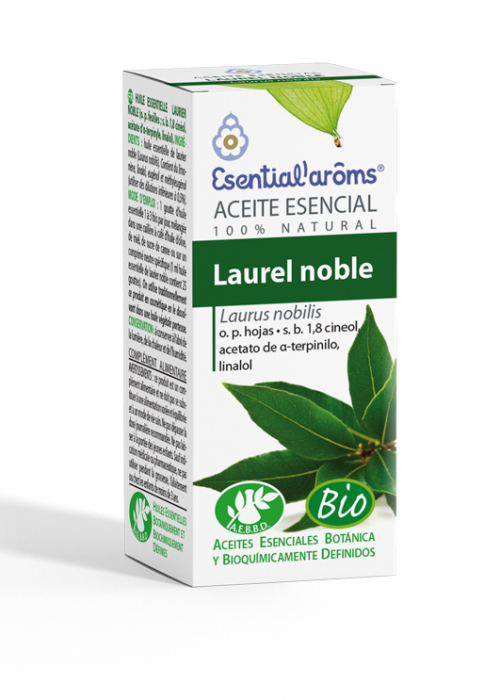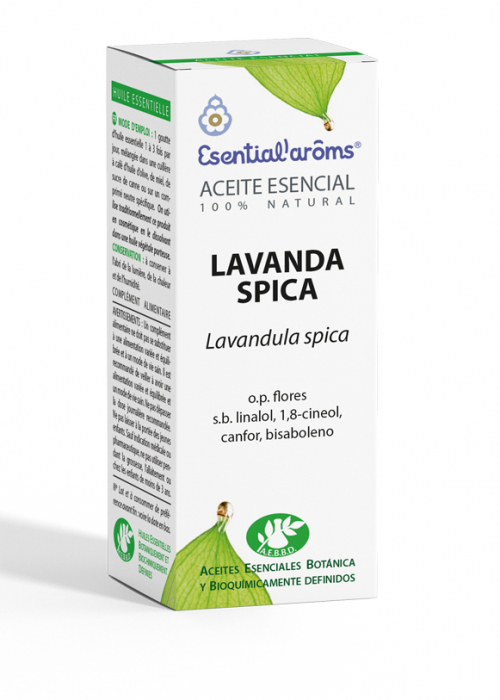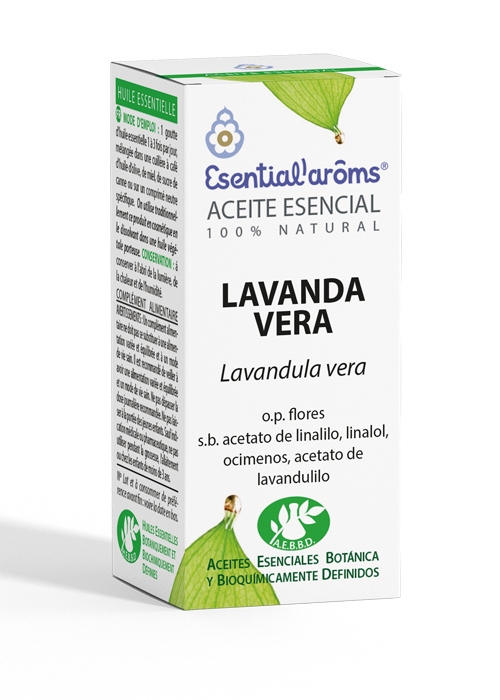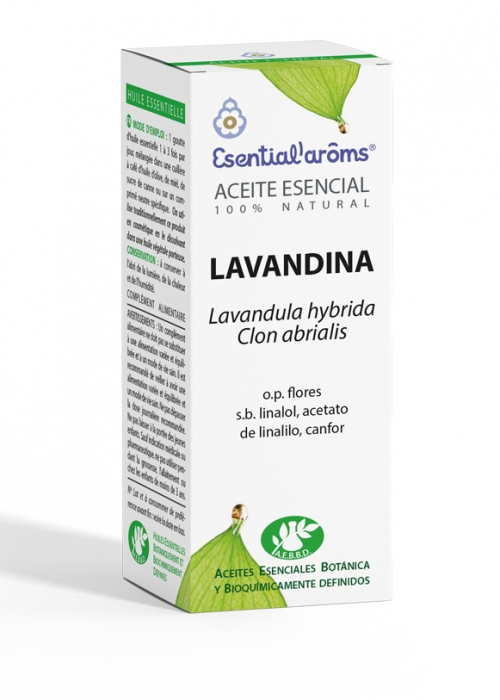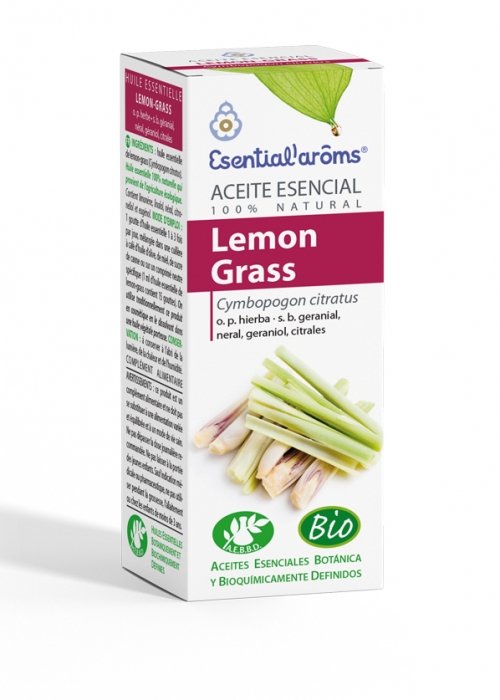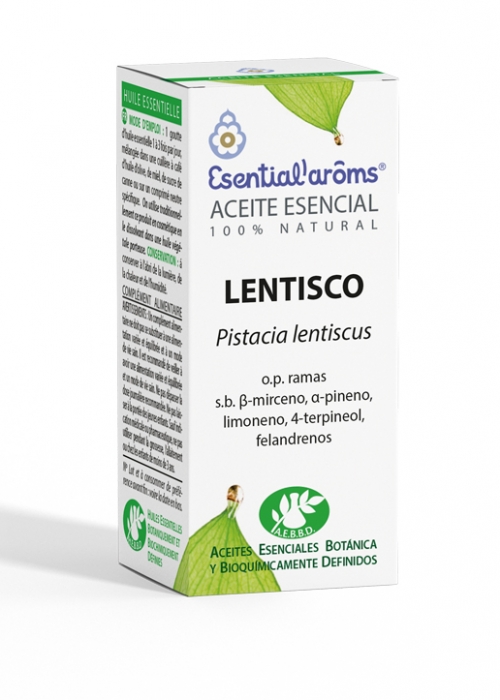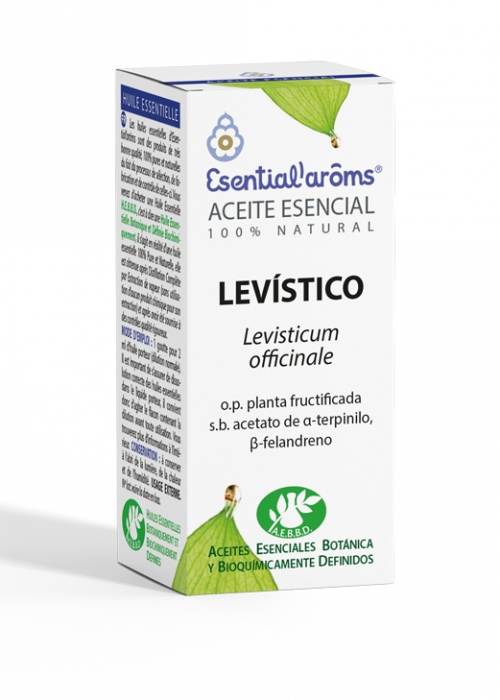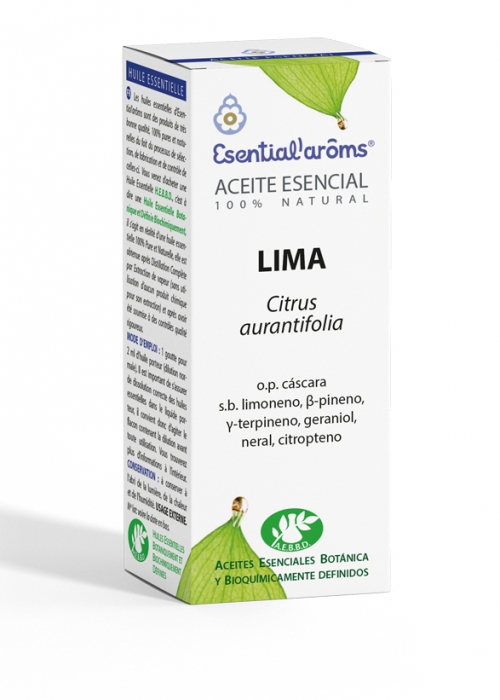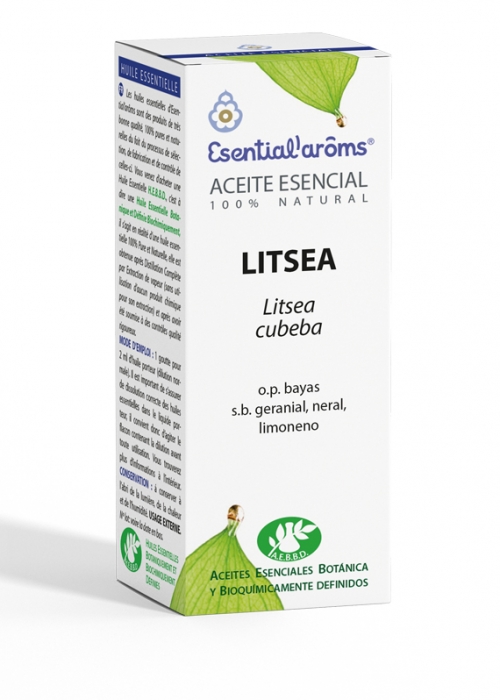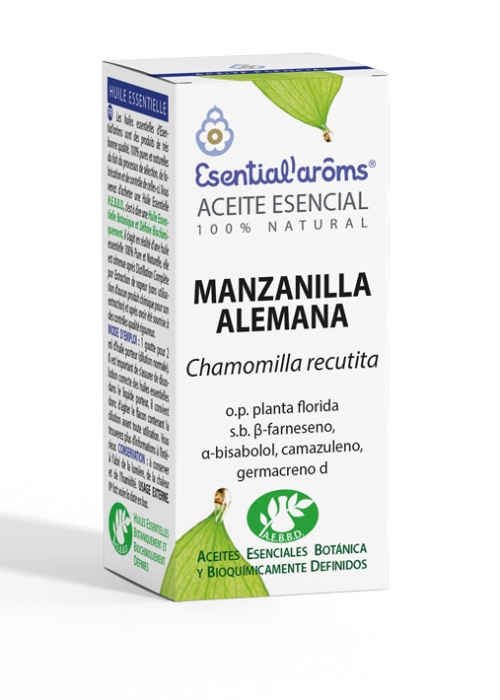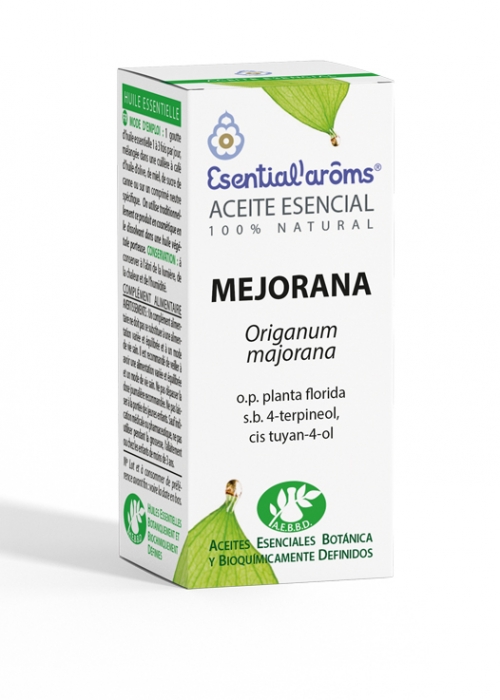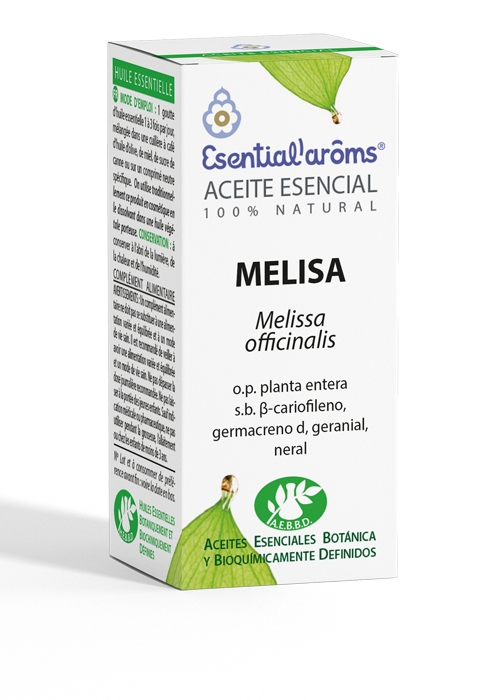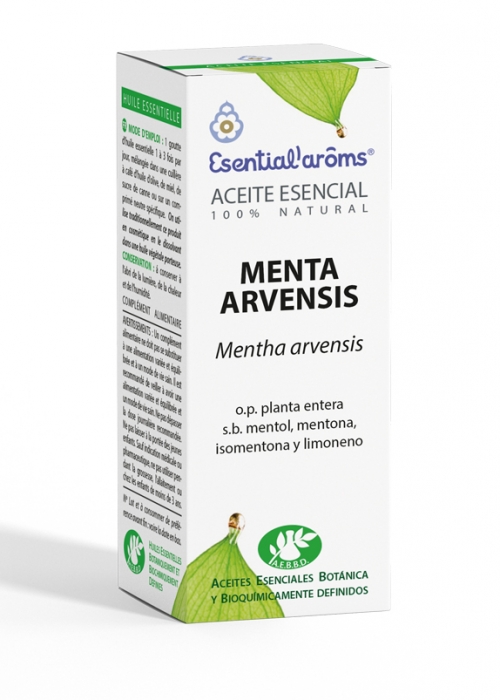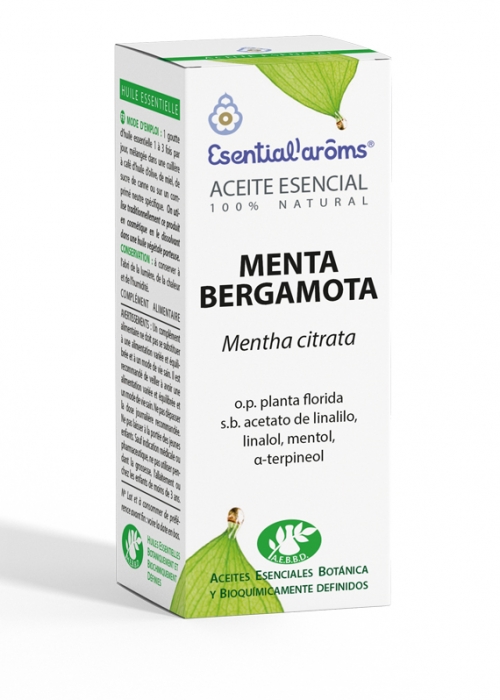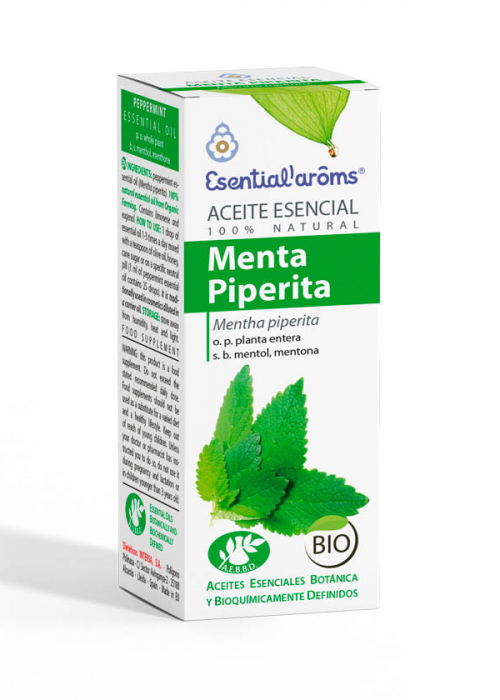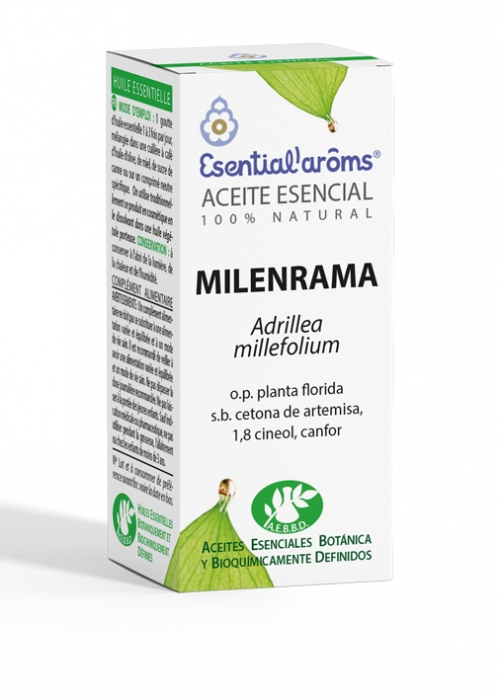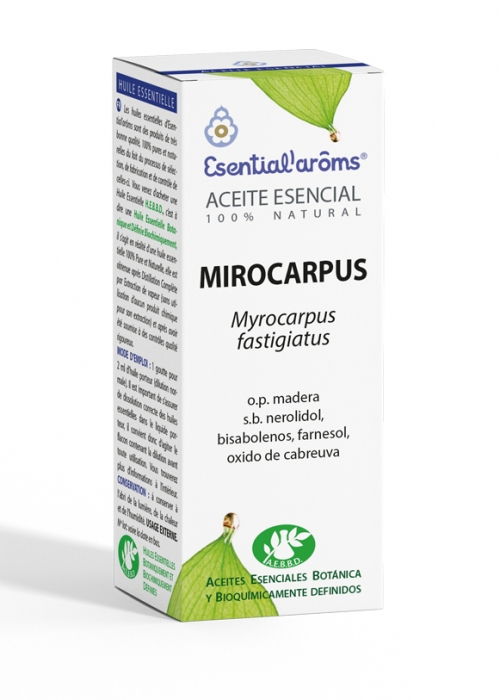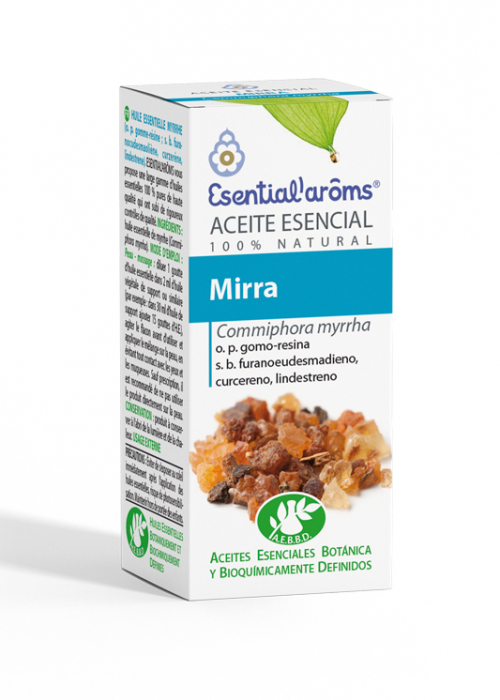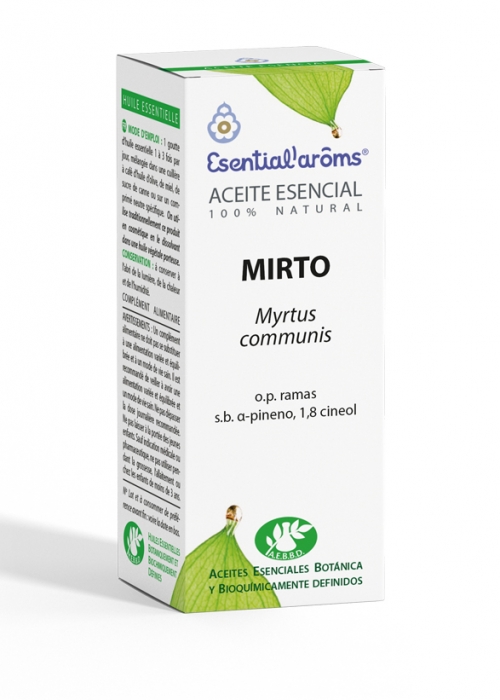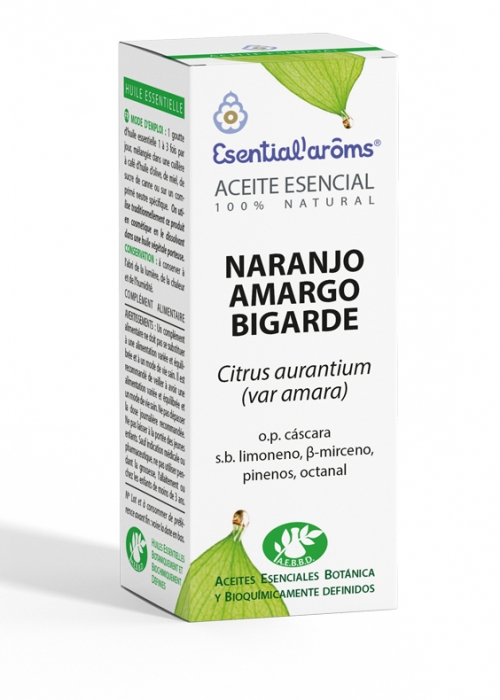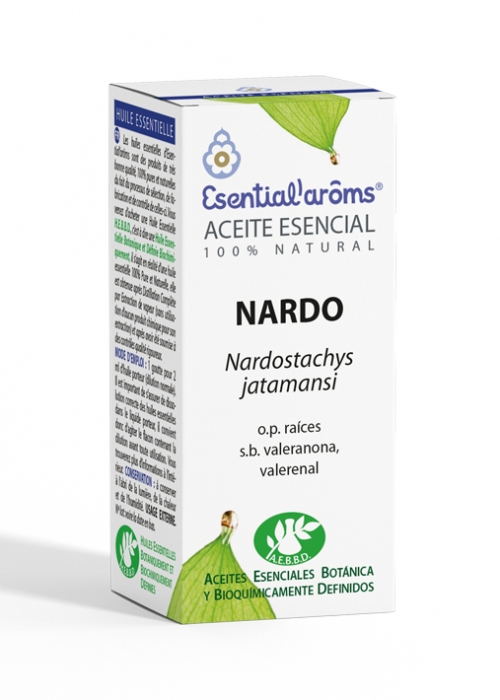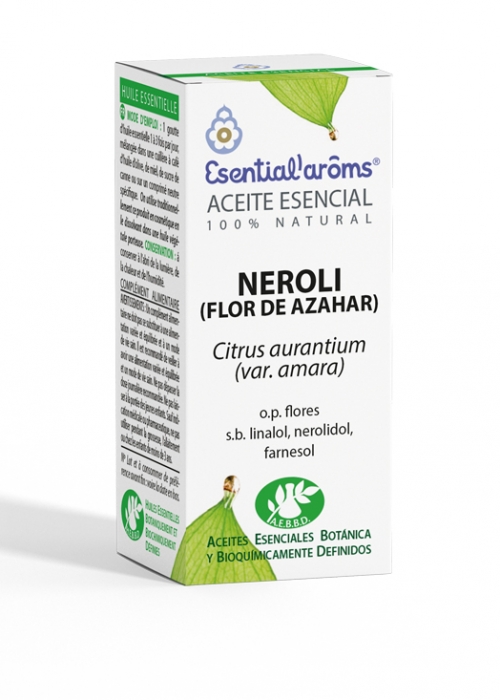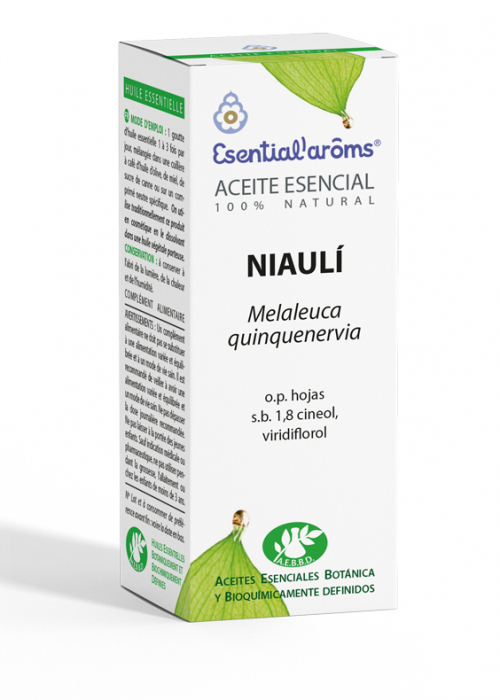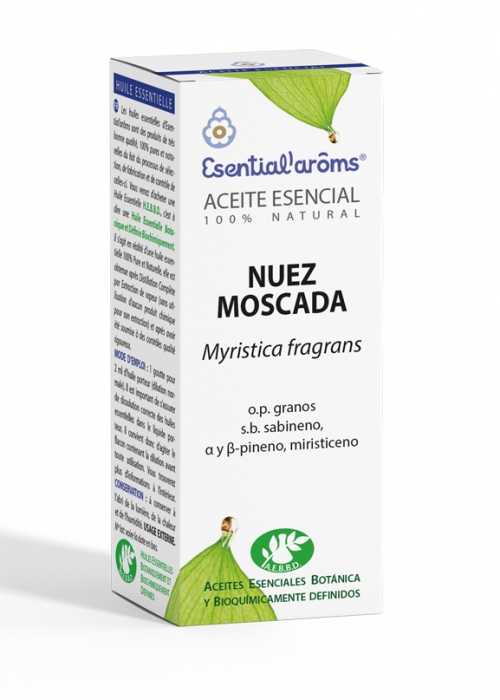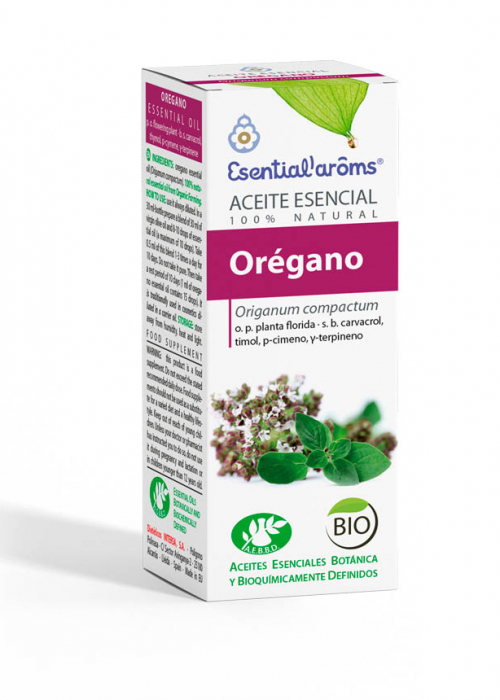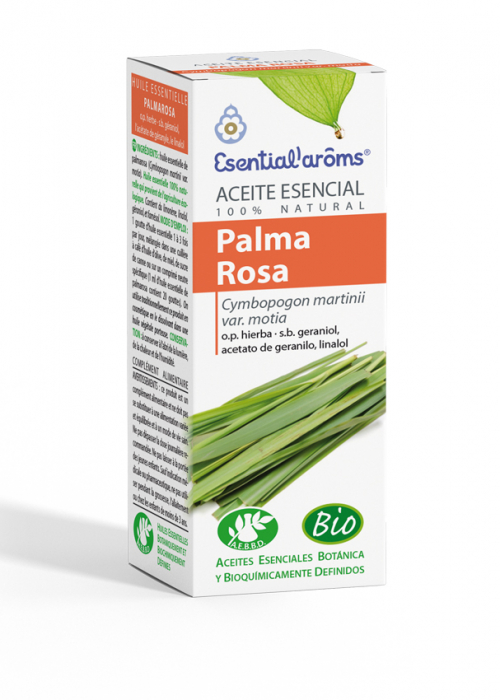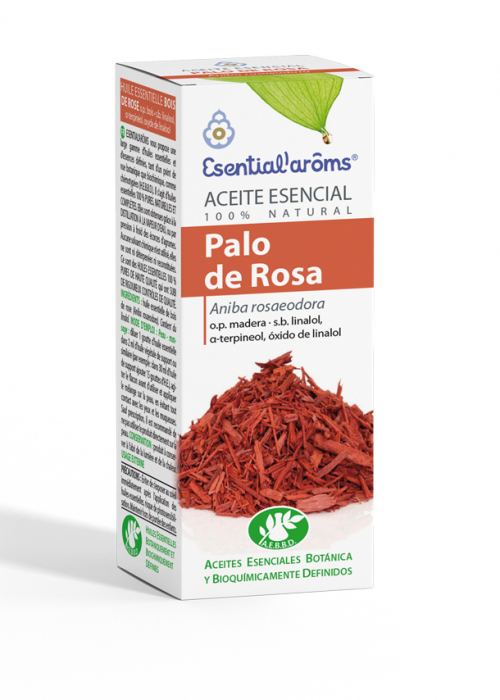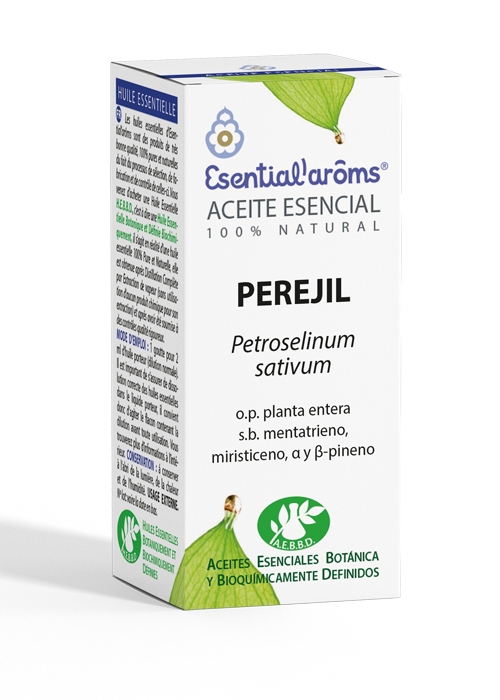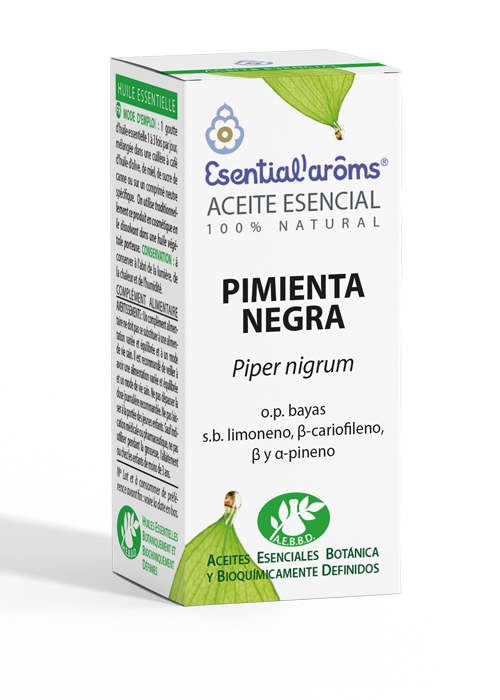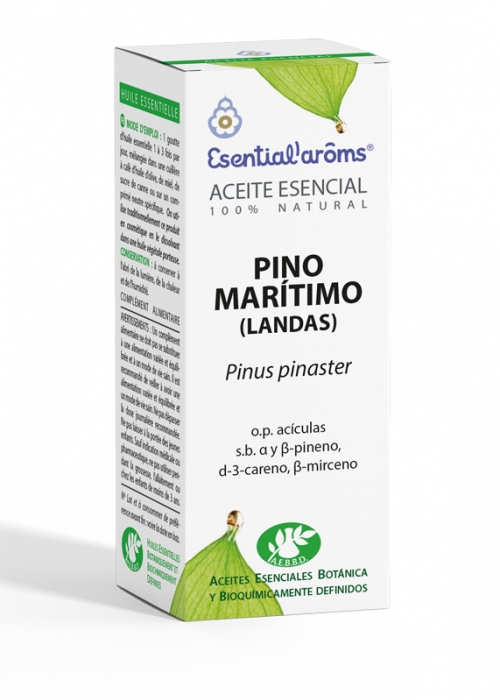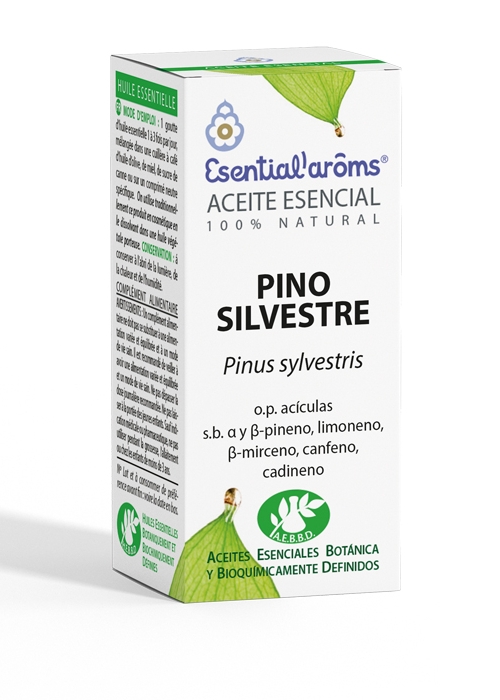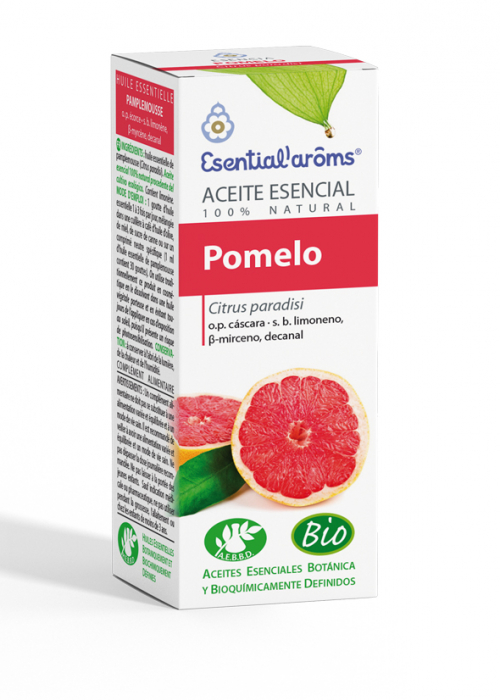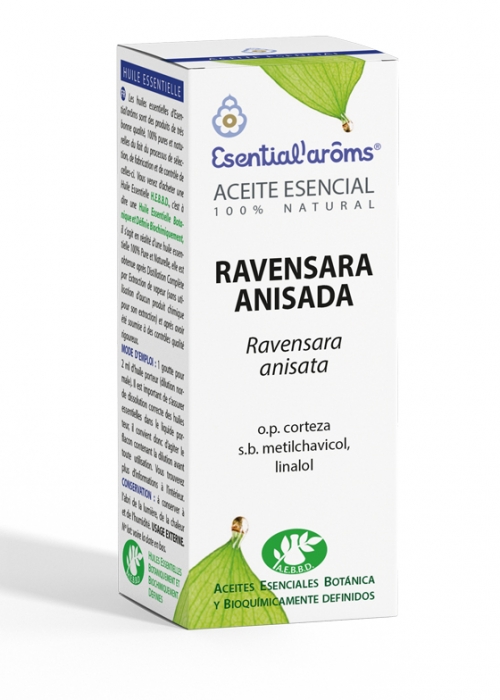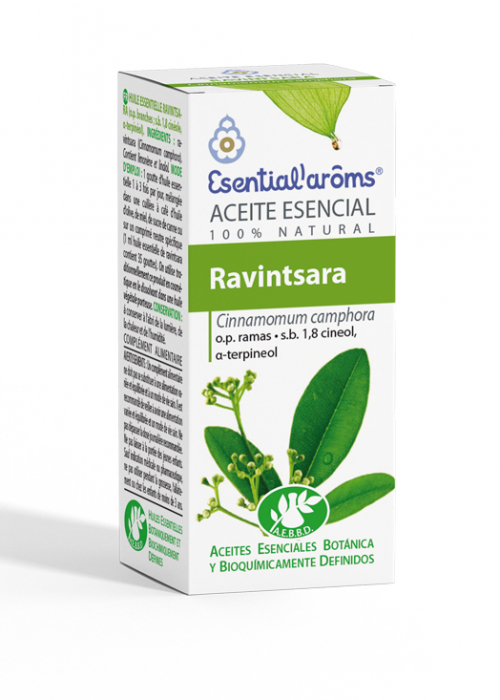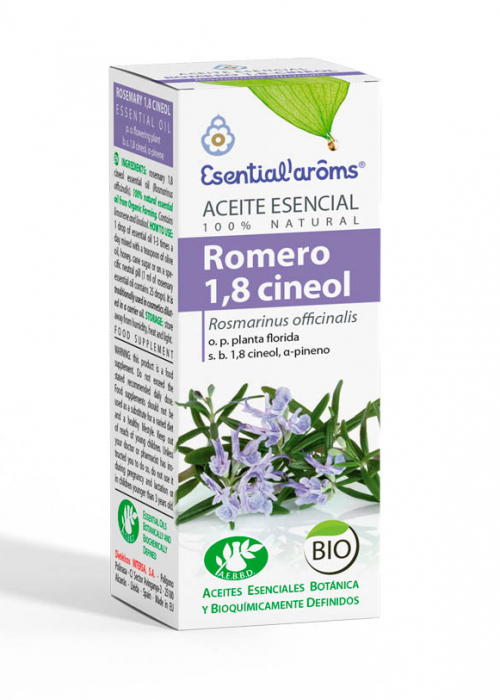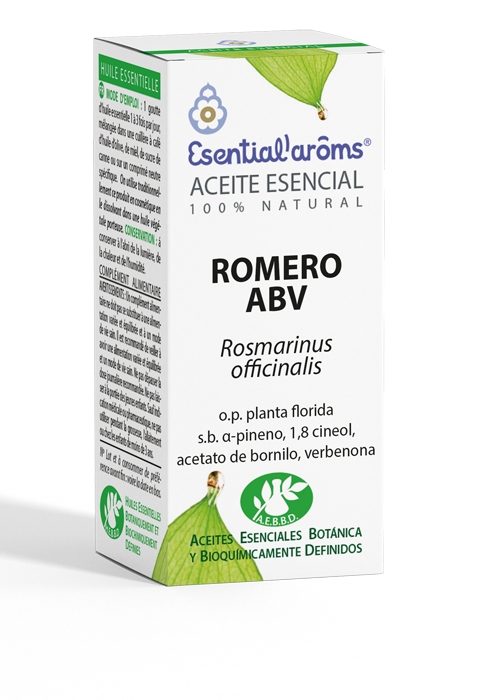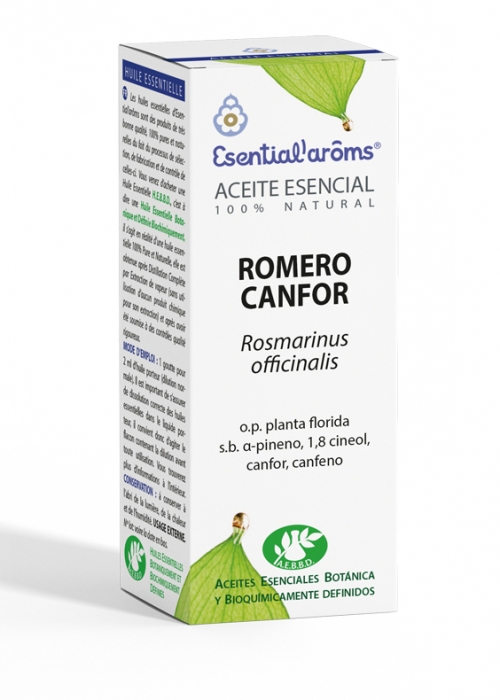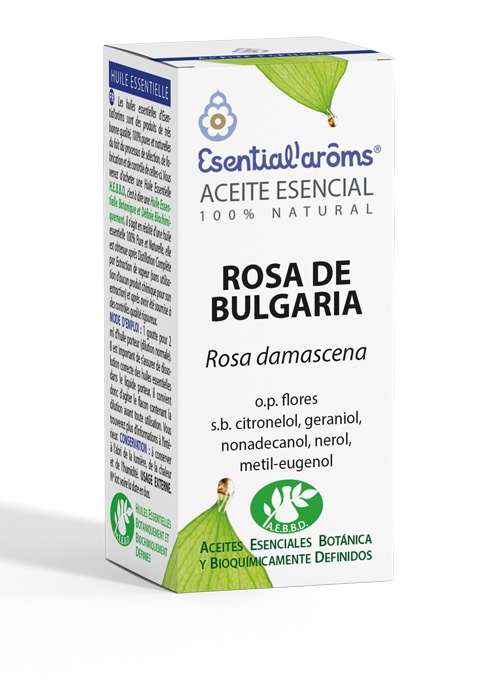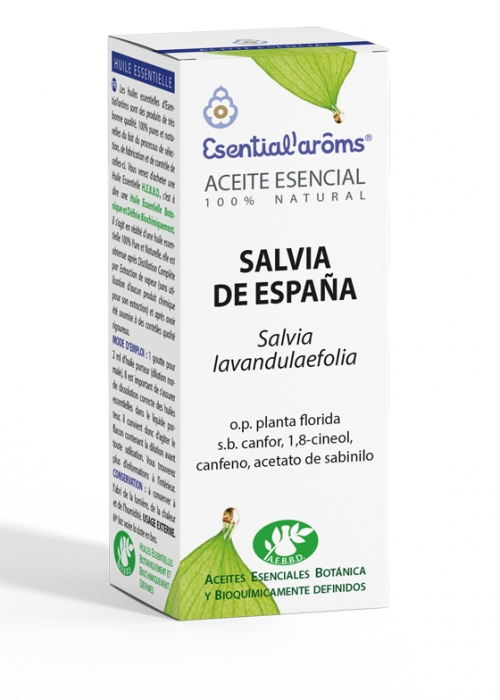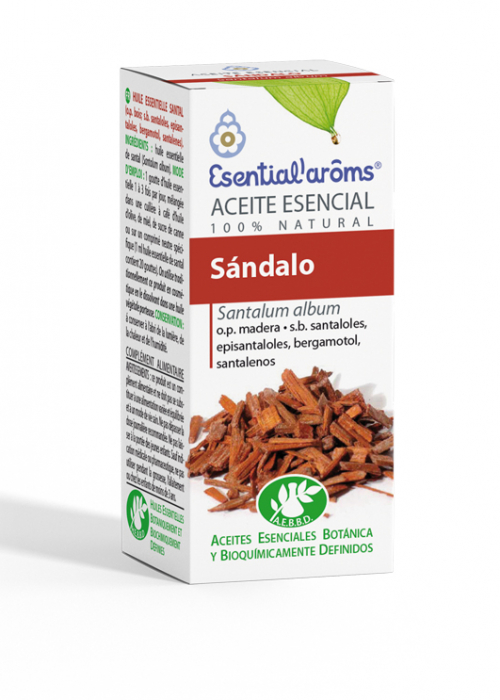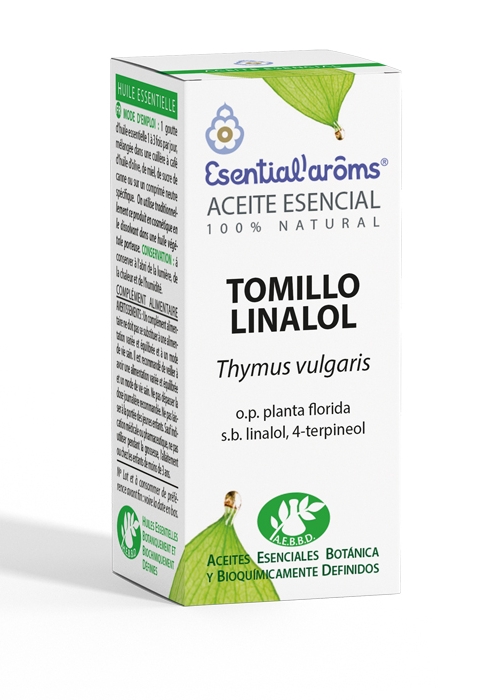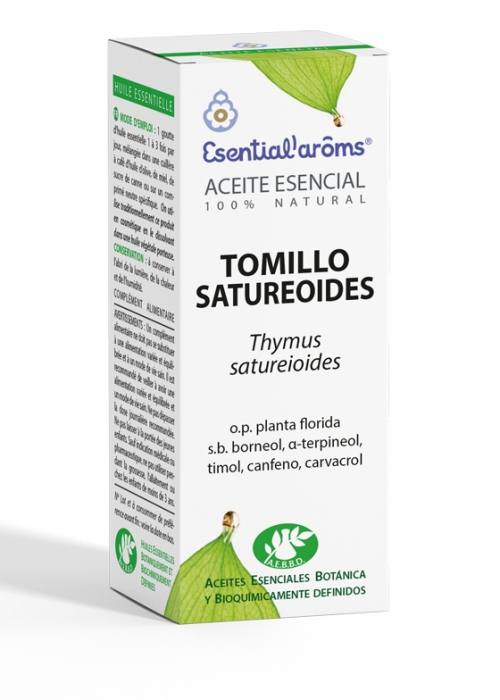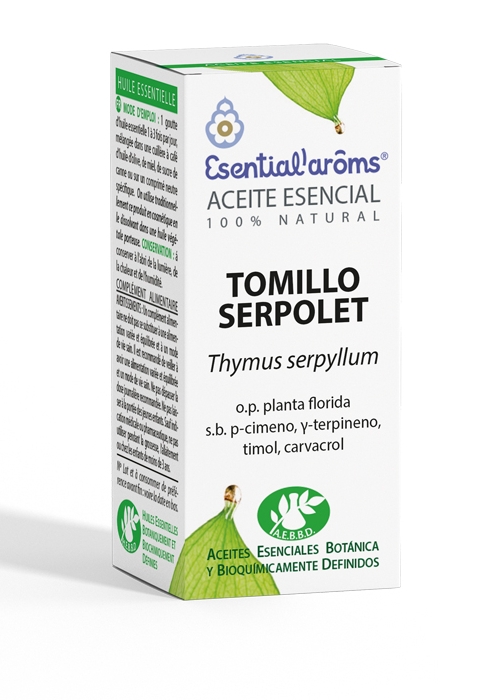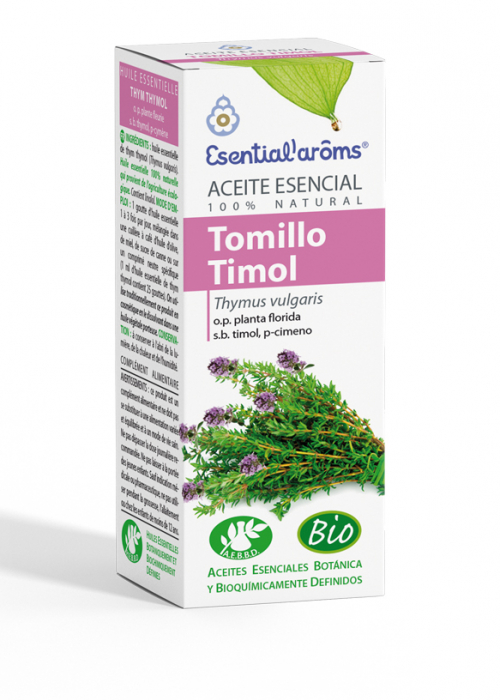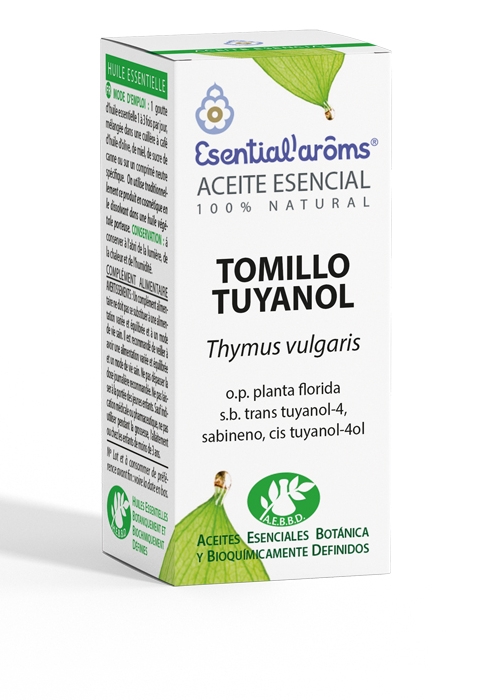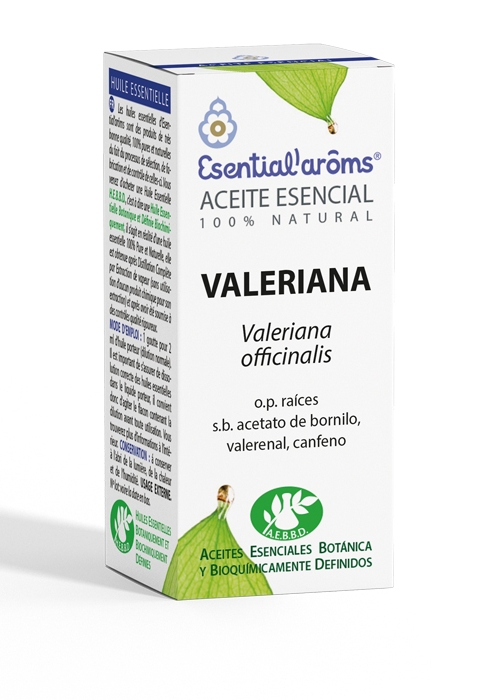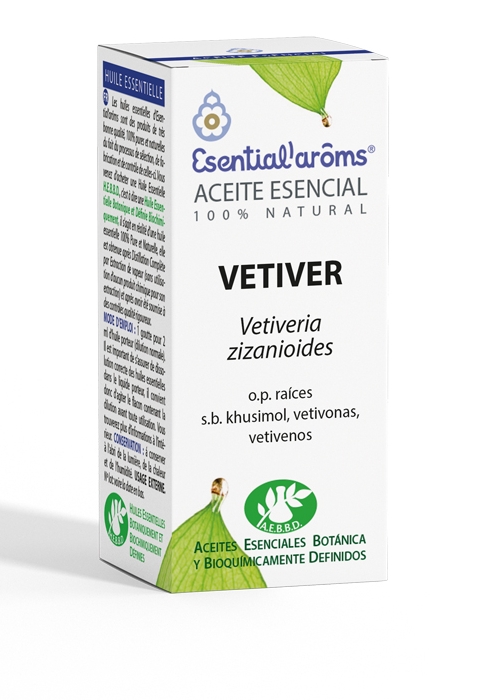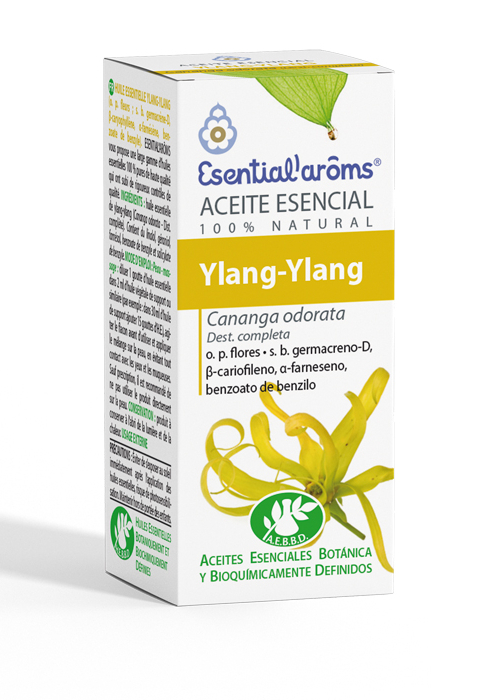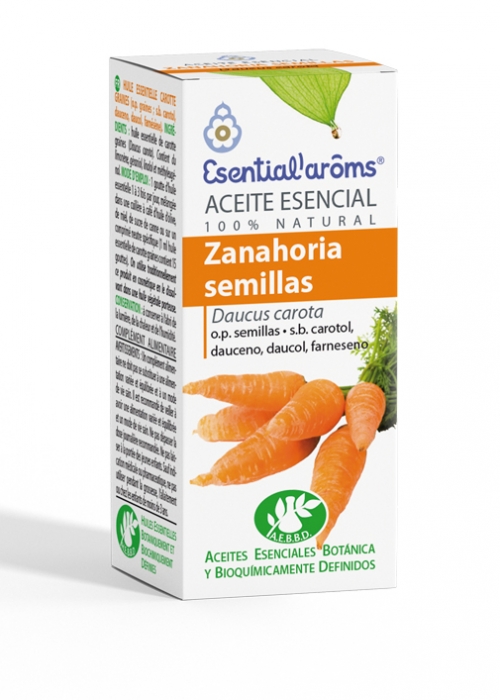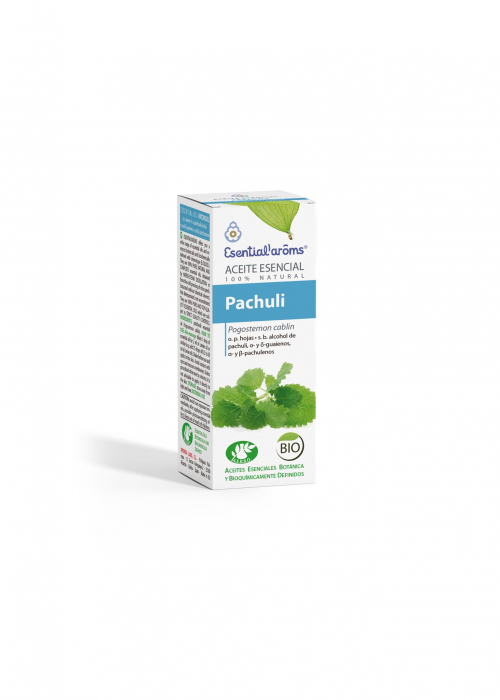- who we are
-
cosmetics
- Type of product
- Needs
- Profiles
- Families
- aromatherapy
- News
-

- Professionals
You are here
Essential oil LAVENDER BIO 10 ml
Bottle of 10 ml with dropper
BOTANICAL SPECIES: Lavandula officinalis.
PRODUCING ORGAN: Flowers.
CHEMOTYPE: Linalyl acetate, linalool.
100% natural essential oil.
Food supplement.
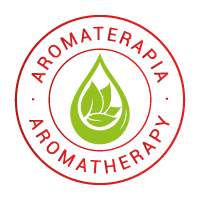


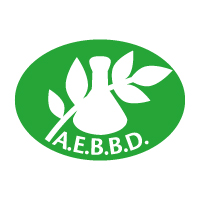

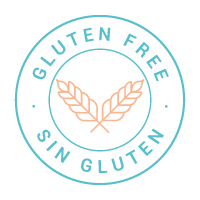
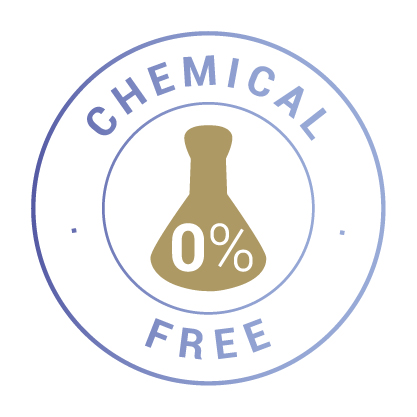
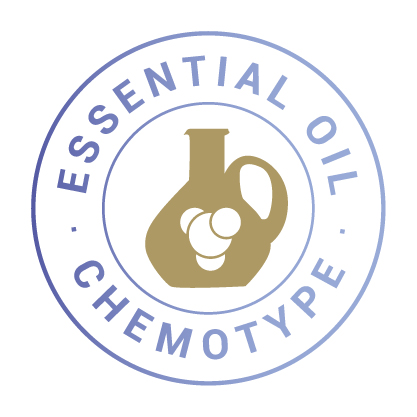
-
Information
The essential oils of ESENTIAL’ARÔMS are high-quality products, 100% pure and natural due to their selection, manufacturing and control processes.
You have just bought an E.O.B.B.D. essential oil, meaning an Essential Oil Botanically and Biochemically Defined. This product is a 100% pure and natural essential oil obtained by steam-dragging distillation (without using chemicals for extraction) and is subject to strict quality controls. There are no added colors and they are not deterpenated, rectified nor re-distilled.
SELECTION OF E.O.B.B.D. ESSENTIAL OILS
The essential oils offered by Esential’Arôms are classified as Essential Oils Botanically and Biochemically Defined (E.O.B.B.D.). This means that each oil has been selected according to the following parameters:
1. Plant species: all plants used are botanically classified, so we can undoubtedly inform about any plant species using the International Code of Botanical Nomenclature.
2. Producing organ (p. o.): not all parts of the plant have the same composition, so it is necessary to choose the organ (root, seed, leaves, etc.) that, once distilled, will have the characteristic substances.
3. Biochemical specificity (b. s.) or CHEMOTYPE: once the essential oil is distilled, it is necessary to verify its chemical composition, that will characterize its use. To check the correct biotype, it is performed an analytical control by gas chromatography coupled with mass spectrophotometry.
4. Biotype: depending on the habitat where the species grows (terrain, altitude, etc.), the essential oil composition can vary, so verifying chemotypes is essential.
-
How to use
1 drop of essential oil 1-3 times a day mixed with a teaspoon of olive oil, honey, cane sugar or on a specific neutral pill (1 ml of lavender essential oil contains 20 drops).
It is traditionally used in cosmetics diluted in a carrier oil.HOW TO USE ESSENTIAL OILS
- All essential oils are not recommended for pregnant women, during breastfeeding, and for children under 6 years old, in some cases for children under 12 years old, and in others, they are reserved for adults.
- The general usage is as follows: 1 drop of essential oil 1 to 3 times a day, mixed with a teaspoon of olive oil. Follow the usage instructions indicated on the box strictly.
- This oil can be used as a cooking ingredient adjusting the quantities, as flavors might be too intense.
- Cosmetic essential oils are not for internal use.
- It is not advisable to take essential oils internally in a continuous way.
- In general, food essential oils can also be used for cosmetic purposes.
-
Composition
Lavender essential oil (Lavandula officinalis). 100% natural essential oil from Organic Farming. Contains linalool.
-
Allergens
Free of allergens that must be declared.
-
Warnings
- Do not exceed the stated recommended daily dose.
- This product is a food supplement. Do not exceed the stated recommended daily dose. Food supplements should not be used as a substitute for a varied diet and a healthy lifestyle. Keep out of reach of children.
- Unless your doctor or pharmacist has instructed you to do so, do not use essential oils internally during pregnancy, breastfeeding or in children younger than 3 years old.
- In the case of accidental ingestion of essential oils (0.5 ml or more), take 4 tbsp of a plant oil immediately, either olive oil or sunflower oil, and contact the National Institute of Toxicology.
- Some of the components present in the essential oils are allergenic. This means that they may produce specific allergic reactions to the plant when they are first taken. If any reaction occurs, stop taking the oil.
- Use in children is not recommended for those under 6 years old, in some cases for those under 12 years old, and in others, it is reserved for adults.
- Unless recommended by a medical professional, essential oils should not be used in chronic diseases and ongoing medical treatments.
WHAT TO AVOID WHEN USING ESSENTIAL OILS
- Essential oils should not be applied directly to the skin (as previously described).
- It is necessary to avoid contact with mucous membranes, eyes and other extremely sensitive areas (wounds, genital area, etc.). In case of contact, it is recommended to cleanse the area with a plant oil.
- As a general precaution, essential oils should not be used during pregnancy and breastfeeding.
- Avoid sun exposure immediately after the application of essential oils, possible photosensitizing effect. In the case of citrus essential oils (lemon, mandarin, sweet orange, grapefruit and bergamot), you should wait 6 hours before sun exposure.
- For use in children, read the warnings on the box.
- Essential oils should not be injected intramuscularly or intravenously.


